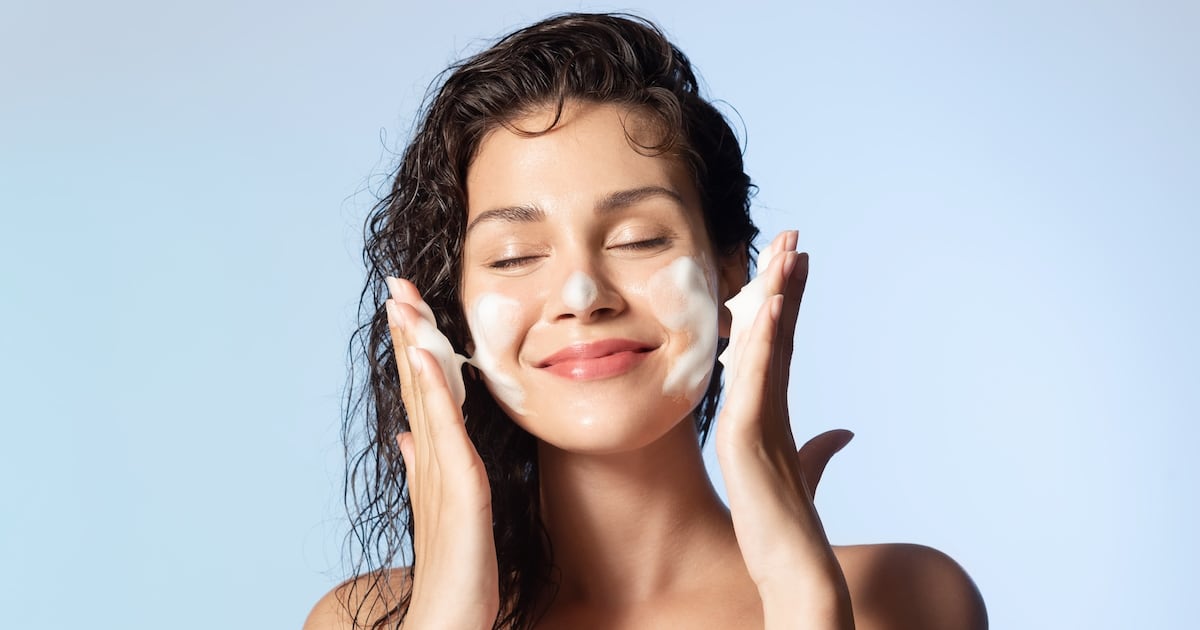
Walk into any beauty retailer these days and itâs hard to avoid a barrage of buzzwords like âcleanâ and ânatural.â But understanding what such vague marketing terms actually mean is often even more difficult than trying to unpack fashionâs green claims, according to a new report by sustainability rating platform Good on You.
âThereâs a general lower level of transparency in the beauty industry compared to fashion,â said Good on You co-founder Sandra Capponi. Specific claims abound, from cruelty-free formulas to eco-friendly packaging, âbut thereâs a lack of substantiation.â
The report, published Wednesday, analysed nearly 240 beauty brands. In some areas â like providing insight into efforts to curb brandsâ environmental footprint â both the beauty and fashion sector perform equally poorly, the analysis found. But in others beauty brands tend to be particularly opaque, lagging fashion in providing details about initiatives to provide supply-chain transparency and prevent human rights abuses, it concluded. Good On You has ranked more than 6,000 fashion brandsâ sustainability performance since it was founded in 2015, but this is its first foray into beauty.
The rating programme assesses companiesâ efforts to ensure their operations donât harm people, planet or animals based on publicly available information using a five-point rating scale that ranks brands from âWe Avoidâ to âGreat.â Nearly two thirds of the beauty brands it assessed rated âNot Good Enough,â or worse. Only two â skin and haircare start-up Disruptor London and organic beauty brand Odylique â ranked âGreat.â Top performers included indie labels Tropic and Pai Skincare, as well as larger labels like Garnier, Lush, and the Amorepacific-owned Tata Harper.
Brands including Revlon and Laura Mercier were among the worst-scoring companies, with both scoring fewer than 10 points out of 100. The companies did not respond to requests for comment.
Thatâs partly because the beauty industry has supply chains that are even more fragmented and complex than fashionâs, covering a dizzying array of components: A single eyeshadow pan might be minted in China and filled in Italy before itâs sold in Canada. It is likely to contain more than a dozen individual raw ingredients, each with their own distinct sourcing challenges. But brands also routinely fail to provide consumers with even basic information about whatâs gone into their products, including detailed ingredient lists. âOf course that has huge human health impacts but the sustainability impacts are also real,â said Capponi.
Several commonly used raw materials are mired in controversies because of their links to environmental destruction or human rights abuses. The cultivation of palm oil, routinely used for its moisturising and texturising properties, has also contributed to significant deforestation. Almost all of the beauty brands assessed by Good on You use palm oil in their products, but fewer than half certify the source of the ingredient. Only 17 percent only use palm oil from certified sources. Even then, Good on You acknowledges that the certifications for sustainable palm oil also face criticism. Meanwhile mica, widely used in cosmetics to provide shimmer and sparkle, has been plagued by links to child labour. Nearly 80 percent of the beauty companies assessed by Good on You donât disclose anything about their mica sourcing. And even when it comes to animal testing â arguably one of the most well-known ethical issues for beauty brands â nearly 80 percent of the brands analysed had no certification to show theyâre not testing on animals.
Good on You says its website and app attract millions of users a day, who use its five-point rating scale to find brands that align with their values. It also works with retailers, including mall-owner Unibail Rodamco Westfield and Yoox Net-a-Porter, to help them promote more sustainable brands.
Its expansion into beauty rankings comes as retailers look to bolster the credibility of their sustainability claims amid a wide-ranging greenwashing crackdown. Regulators say they are looking for more transparency and precision in how brands are substantiating sustainability marketing.
Earlier this year, Sephora launched revamped sustainability labels two years in the making. The new âPlanet Awareâ labelling scheme is designed to highlight brands whose products are free from certain ingredients or that meet specific environmental criteria. To qualify companies will need to meet a minimum of 32 criteria across ingredient sourcing and formulation, packaging, corporate climate commitments and consumer transparency.
Good on You accelerated its plans to expand into beauty at the request of retail partners, including URW. The initial roster of beauty brands covered by its assessment partly reflect the portfolio in its mall locations.
âItâs something many retailers are grappling with; how to avoid greenwashing,â said Capponi. âThatâs the next big focus; we have the information, now itâs about putting it in the hands of businesses to engage consumers and catalyse industry change.â
Sign up to The Business of Beauty newsletter, your must-read source for the dayâs most important beauty and wellness news and analysis.

